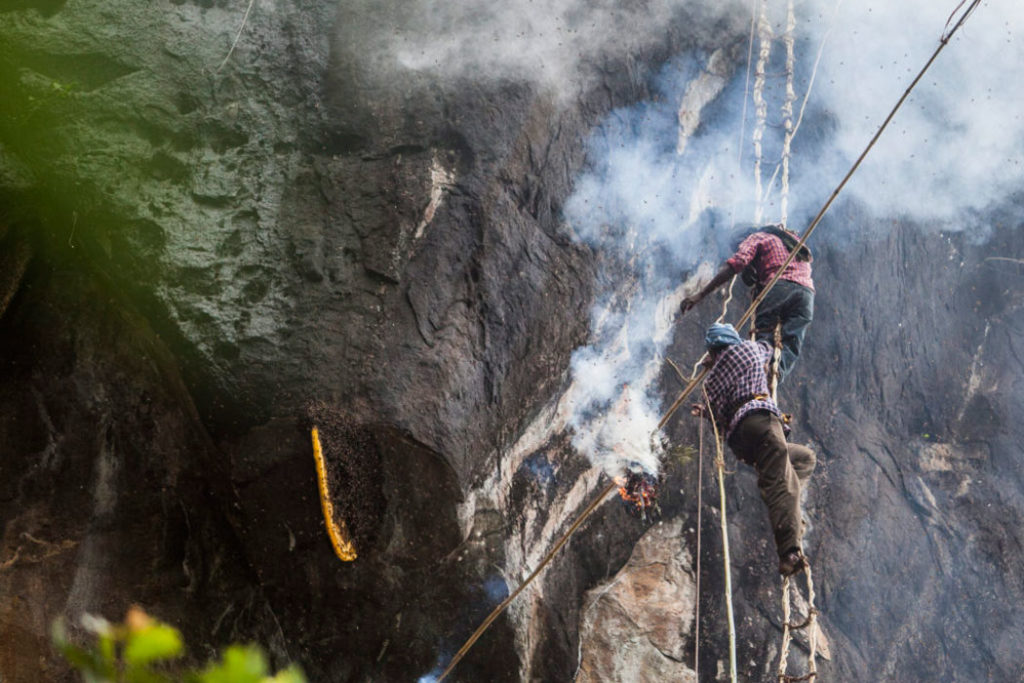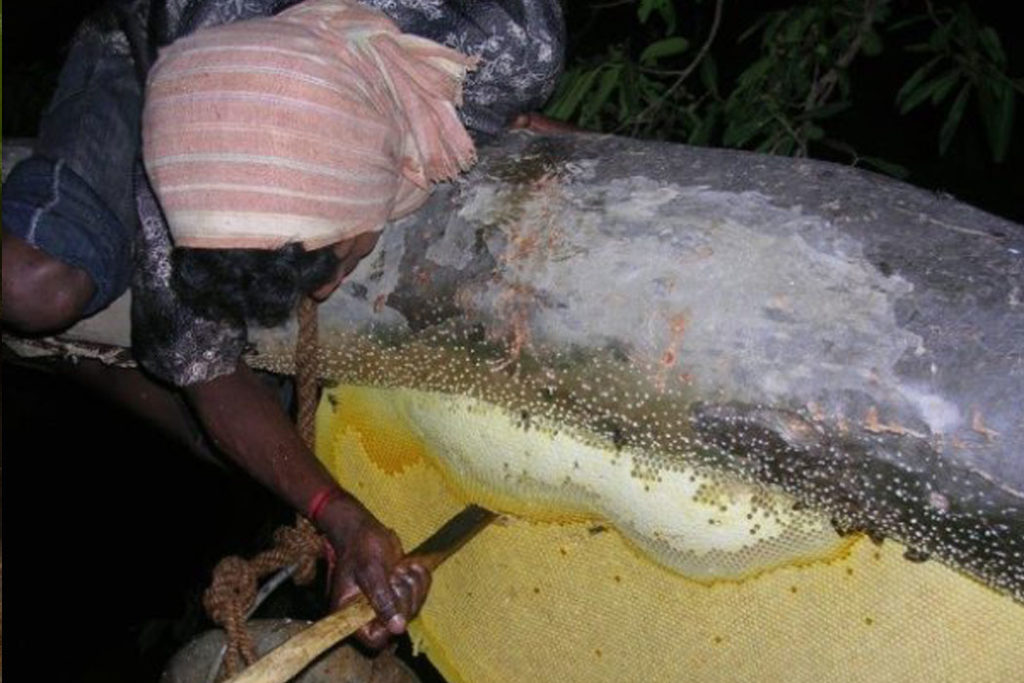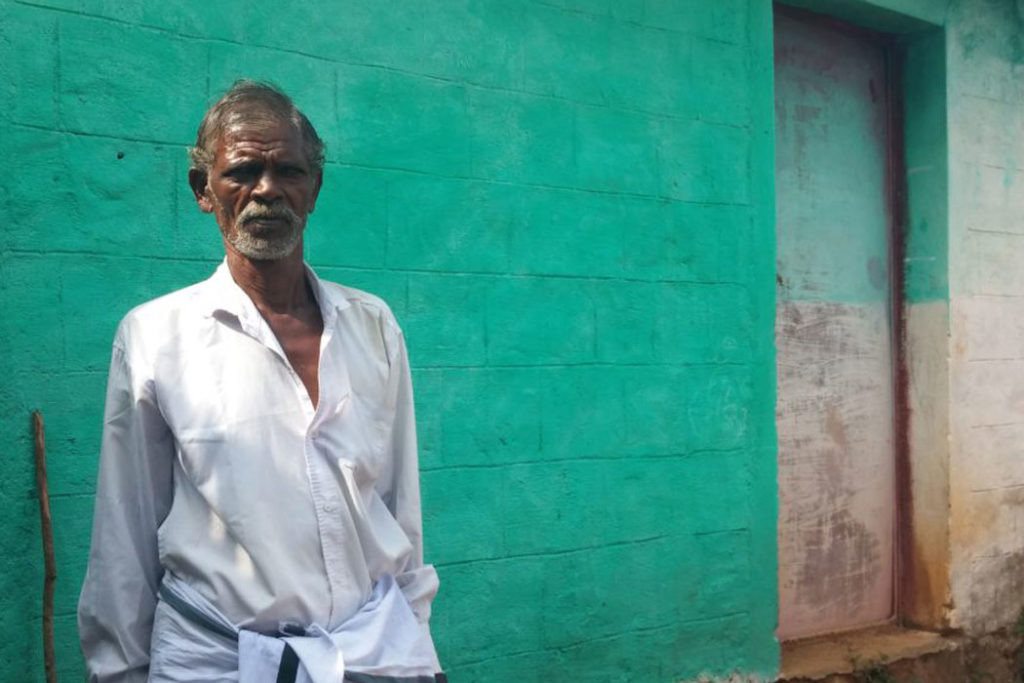Indigenous People Groups
Within Tamil Nadu there are 36 scheduled tribes, many of which can be found within the Nilgiris Biosphere Reserve. Of those who are considered as part of the scheduled tribes in Tamil Nadu, there are six groups that are approved as Primitive Tribal Groups (PTGs), all of which can be found in the NBR: Kattunaickens, Kotas, Kurumbas, Irulas, Paniyans, and Todas. The characteristics of a PTG include: “a pre-agriculture level of technology, a stagnant or declining population, extremely low literacy, and a subsistence level of economy” (P.5, Paniyans of Nilgiri District Tamil Nadu). When defining a tribe there can be a multitude of answers. On description from the Tribal Cultural Documentation sources a definition from anthropologist T.B. Nayak that directly states – “A tribe is a social group with territorial affiliation, endogamous, with no specialization of functions, ruled by tribal officers, hereditary or otherwise, united in language or dialect… following tribal traditions, beliefs and customs illiberal of naturalization of ideas from alien sources, above all conscious of a homogeneity of ethnic and territorial integration” (p.1, Paniyans of Nilgiri District Tamil Nadu) In the NBR, and even as small as the Nilgiri district within, there are multiple tribes, each with their own…
Read more…








